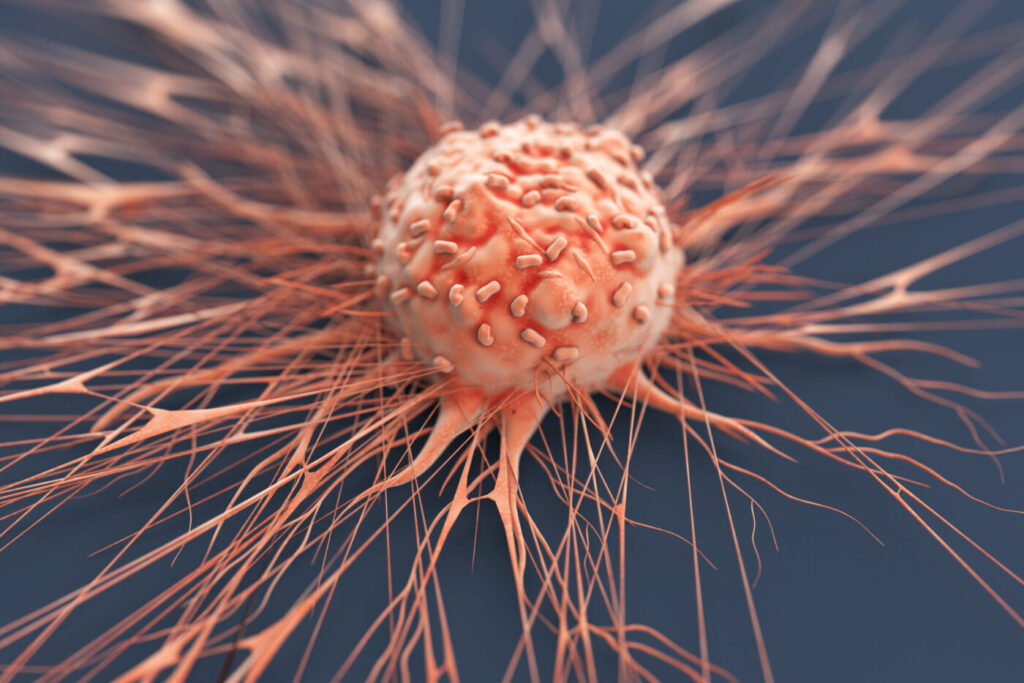Nearly 50 new cancer therapies are approved every year. While this positive trend is a huge benefit for patients, Altuna Akalin, PhD, head of the bioinformatics and omics data science technology platform at the Berlin Institute for Medical Systems Biology of the Max Delbrück Center (MDC-BIMSB) says, “it is becoming increasingly difficult to keep track and to select the treatment methods from which the people affected—each with their very individual tumor characteristics—will benefit the most.” Akalin has been working on developing tools that use artificial intelligence (AI) to make more precise diagnoses and determine the best form of therapy tailored to individual patients.
In a new paper published in Nature Communications titled, “Flexynesis: A deep learning toolkit for bulk multi-omics data integration for precision oncology and beyond,” researchers have now developed a toolkit called Flexynesis, which uses deep learning to evaluate different types of data simultaneously, such as multi-omics data as well as specially processed texts and images, including CT or MRI scans. “In this way, it enables doctors to make better diagnoses, prognoses, and develop more precise treatment strategies for their patients,” says Akalin.
“We are running multiple translational projects with medical doctors who want to identify biomarkers from multi-omics data that align with disease outcomes,” said Bora Uyar, PhD, first and co-corresponding author of the publication.
According to Uyar, although many deep-learning based methods have been published for this purpose, most have turned out to be inflexible, tied to specific modeling tasks, or difficult to install and reuse. This gap motivated the team to build Flexynesis, which is flexible for different modeling tasks and packaged on PyPI, Guix, Docker, Bioconda, and Galaxy, so others can readily apply it in their own pipelines.
Cancer and other complex diseases arise from the interplay of various biological factors, such as DNA, RNA, and protein levels, explained Akalin. Characteristic changes at these levels, such as the amount of HER2 protein produced in breast or stomach cancer, are often recorded, but typically not yet analyzed in conjunction with all other therapy-relevant factors.
Flexynesis can answer various medical questions at the same time: for example, what type of cancer is involved, what drugs are particularly effective in this case, and how these will affect the patient’s chances of survival. The tool also identifies suitable biomarkers for diagnosis and prognosis, or—if metastases of unknown origin are discovered—to identify the primary tumor. “This makes it easier to develop comprehensive and personalized treatment strategies for all kinds of cancer patients,” says Akalin.
Last year, Akalin introduced another AI-based tool called Onconaut, which similarly helps to identify the right cancer therapy. “Onconaut relies on known biomarkers, clinical trial results, and current guidelines—so it works on a completely different principle,” explains Akalin. “The tool won’t become obsolete, but rather can be a useful complement to Flexynesis.”
One of the hurdles the new tool still has to overcome, at least in Germany, is the fact that multi-omics data are not yet routinely collected in hospitals. “In the U.S., on the other hand, this data is frequently discussed within hospital tumor boards, where physicians from different specialties jointly plan their patients’ treatment,” says Akalin. His team has shown that the data can be used to accurately predict whether a particular treatment will be effective. “In Germany, detailed multi-omics data has so far only been used in flagship programs such as the MASTER program for rare cancers,” he adds. But that may soon change.
Akalin emphasizes that users of his tool, which is currently aimed primarily at physicians and clinical researchers and is continuously updated, do not need to have any special background in working with deep learning. “I hope it lowers the barriers for hospitals and research groups to carry out multimodal data integration—that is, the simultaneous analysis of omics data, written reports, and images—even without AI experts at their side,” he says. Flexynesis is easily accessible online, along with instructions for using the tool.

